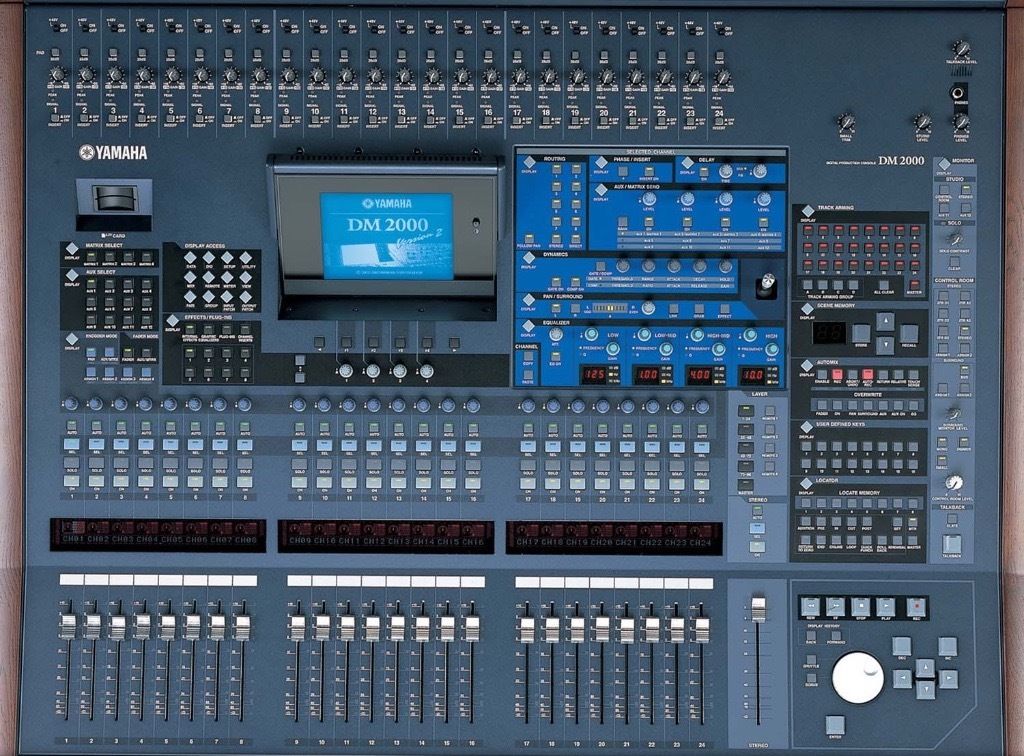Multiple Compressors in Live Audio (Compression Part 1)
TL;DR:
How to use multiple compressors in a live mix, when your digital desk only has one compression plugin per channel.
The Story:
A lot of starting live engineers work vertically, adding EQ and compression on each channel individually, and then use groups/bussing for mixing and routing control. This is fine, but I often rely on a couple of passes of compression. Additionally, parallel compression is a technique I learned mixing in recording studios, but sometimes I find that it really helps my live work. Here is how I like to compress, and why it works for me. I have found this to work for rock bands as well as close-miked symphonies.
To break this up, I will cover parallel compression next week.
The Esoteric Bit:
Firstly, let me state that my use of multiple compressors live stems from my studio mixing, where you take multiple passes at compression to take the dynamic edges off gradually, rather than in one giant chunk. But, unlike in a DAW where you can add as many plugins as you want to a channel, digital mixing desks only allow you one compression plugin per channel.
Sometimes you have so many mics and sources coming into part of your mix that you have to deal with things a bit ruthlessly, in order to carve out space for everyone to be heard and to make a cohesive experience for the audience. Anyone who has put together a kick drum and a bass guitar knows this. It’s like putting a low cut/high pass filter on a vocal for the first time – some of the richness of that singer soloed just adds mud in the mix, and chopping it out suddenly makes them more discernible against the full band. (Lots of people start carving out at 150Hz, but sometimes I’ll even start hacking away at 200Hz and experiment from there.)
But let’s talk about groups of instruments. I first tried this while mixing a 30 piece orchestra, which for various reasons and decisions needed to be close-miked. But that gave me quite the task of sorting things out, especially once you counted in the fact that feeding into these 20+ channels was a bunch of mics on Y combiners in the original design, which meant EVEN MORE sources, circumventing the limited number of channels I had to work with on a Yamaha DM2K (with a sidecar).

So to make sense of what could have been audio soup, first I made each channel sound the best I could – basic EQ, gating, and MAYBE compression – but with a lot of open mics, I had to be careful. (Too much compression could make my noise floor more apparent.) But then I would take similar things – violins and violas, for instance, pan them around to make some room, and then bus them in a group. From there, my real compression started hitting. By compressing the whole stereo group instead of focusing on the individual channels, I could get them to sound like a section, rather than individuals.
This meant that some players, especially in the horns, were getting compressed twice. The first was a little harder – maybe 3:1 or more, with a shallow knee – to reign in some of the player dynamics, and the second pass was to glue them all together, using a higher knee setting and maybe only a 2:1 ratio. Then I wouldn’t have to chase that section around as much throughout the show.
However, it should be noted that if a horn player took a solo, raising the channel fader for that player would be pushing their post-fader signal into the “Horn” group into the compressor that much more, yielding diminishing returns, after a fashion, as the compressor started to work harder. As with many sections that have a soloist, it is often best to mix by addition (of the soloist) and subtraction (of the other instruments).
Another use for having these two passes of compression is that if you are in the unlucky position of having to mix the monitors from FoH, sometimes having a less-compressed source (i.e. the original channel) can be useful.
Next week I’ll talk about parallel compression for use in live mixing.
Cheers!
-brian